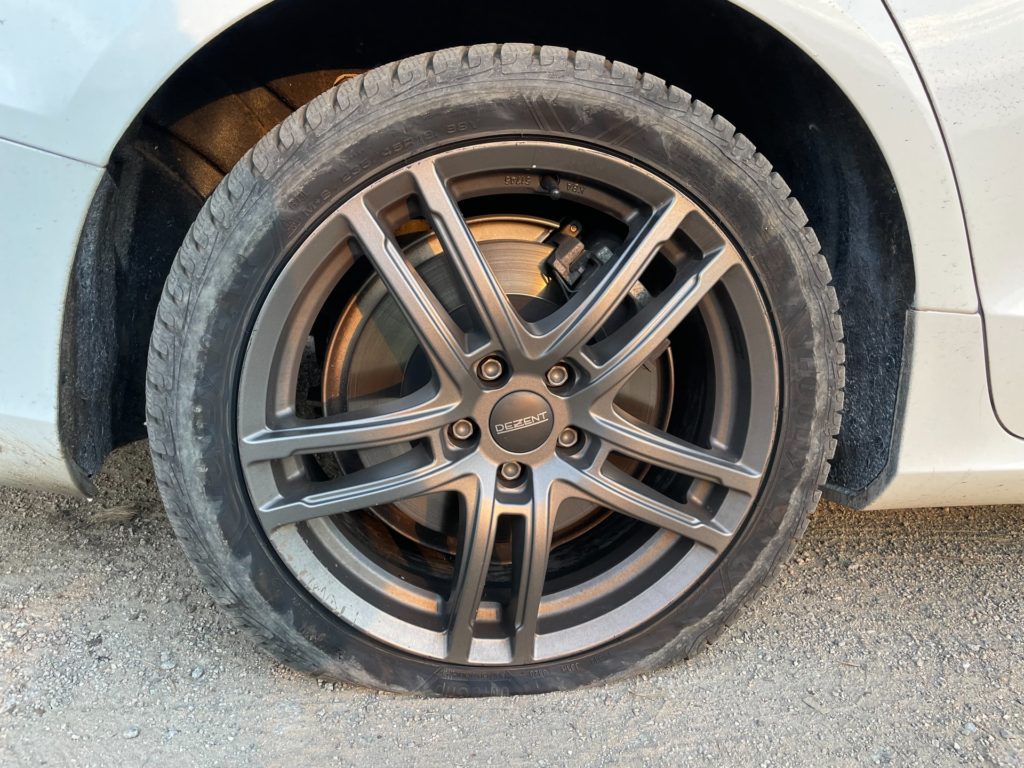Your Tyre Safety Checklist

As a driver, it’s up to you to make sure that your tyres are in good working order. If you overlook them, you could be putting the safety of you, your passengers and other road users at risk, so it’s worth becoming familiar with how to care for your tyres properly.
If you spot anything unusual in regards to your tyres, you should get them checked out by a professional, such as TyrePlus. However, so that you know what to look out for in the first place, take a look at these top tyre safety tips.
Make sure each tyre is above the minimum tread depth
In the UK, the law states that the tyres of a vehicle must have a minimum tread depth of 1.6mm. This refers to the measurement between the area of the tyre that makes contact with the road and the tyre’s grooves. Making sure that each tyre has an adequate amount of tread depth is essential to ensure that your car can grip the road, which is especially important in wet conditions. Without sufficient tread depth, your chances of having an accident are significantly increased.
To check the tread depth of your tyres, you can use tread depth gauge – a tool that has been specially designed to give a quick, accurate measurement of the depth of an individual tyre groove, helping you to establish whether or not you need new tyres.
Alternatively, you could use the ‘20p test’. Simply take a 20p coin and slot it into the groove of one of your tyres. If the outer strip of the coin is not visible, your tyre is above the legal limit, but if you can see it, it’s likely it needs replacing with a new model.
Measure the pressure of each tyre
It’s also important to make sure the pressure your tyres is just right. Unless each tyre is inflated to the correct amount, you could find that you’re not in complete control of your car, and it can impact handling and grip too.
You can find the pressure for your tyres in your car manual. This will tell you the pounds per inch (PSI) – the number each tyre should be inflated to. Once you know the PSI, you can measure your tyres to work out if you need to add pressure or let any out. To check the pressure of your tyres, you can use a digital gauge device.
Look out for signs of damage
While it’s normal for your tyres to become worn over time, it’s important that you keep an eye out for signs of damage. Ideally, you should get into the habit of checking each of your tyres regularly, taking your time to look at the surface and keeping an eye out for any bulges, cuts or cracking in the sidewall. It’s also a good idea to run your hand over the tyre to check for anything that may have become stuck in the rubber.
For more useful tips on tyre safety, make sure you check out the ‘Get To Grips With Your Tyres’ eBook from TyrePlus.



